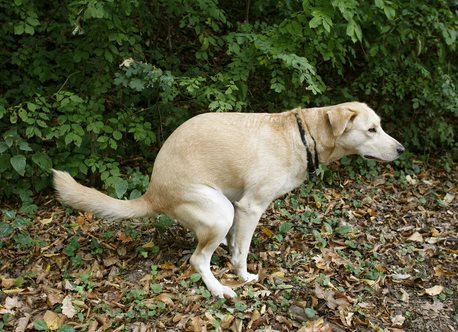Now from the U.S. to Europe.
Turning down temperatures at home and office may help you fight obesity.
New evidence suggests that regular exposure to mild cold may be a healthy and sustainable way to help people lose weight.
Researchers from Maastricht University Medical Center in The Netherlands say, in other words, our warm and cozy homes and offices might be partly responsible for our expanding waistlines.
Doctors found the thermal environment affects human health. More specifically, frequent mild cold exposure can significantly affect the energy expenditure over sustained time periods.
They found that a more variable indoor temperature, one that is allowed to drift along with temperatures outside, might be beneficial, although long-term effects still await further investigation.
A previous study from researchers in Japan revealed a decrease in body fat after people spent 2 hours per day at 17 degrees Celsius for six weeks.
The 10-year study also found that people get used to the cold over time. After six hours a day in the cold for a period of 10 days, people increase heat-generating, calorie-burning brown fat. They felt more comfortable and shivered less at 15 degree Celsius.
At least in young and middle-aged people, non-shivering heat production can account for a few percent up to 30 percent of the body's energy budget.
That means lower temperatures can significantly affect the amount of energy a person expends overall.
So perhaps, in addition to our exercise training, people need to train themselves to spend more time in the cold.

Scientists from the Czech Republic have found that dogs exhibited a very clear inclination to defecate with their bodies aligned in a North-South stance.
Intrigued by the growing list of animals that appear to have a magnetic sensitivity, the scientists focused on dogs to see if they too have any such abilities.
After some initial observations, they began to notice a pattern of behavior related to stance during defecation that was enough to embark on some field studies.
The field studies were conducted in an open field so as to ensure that the dogs weren't being impacted by familiar surroundings. In all, 70 dogs of 37 breeds were observed circling and defecating for a total of almost 1,900 times.
The dogs were found to prefer to defecate while in a North-South stance relative to the Earth's axis.
But researchers also found that freedom was a factor. Dogs on leashes didn't appear to have as much of an inclination to align themselves in any particular direction as did dogs who were allowed to roam free in a field as they did their business.
Researchers suggested that the dogs might simply feel more comfortable to align themselves in a particular direction when defecating.
They also found that they tended to intentionally avoid crouching in an East-West alignment, perhaps finding it the most uncomfortable of all.
The study is the first to conclusively show that dogs have magnetic sensitivity.












